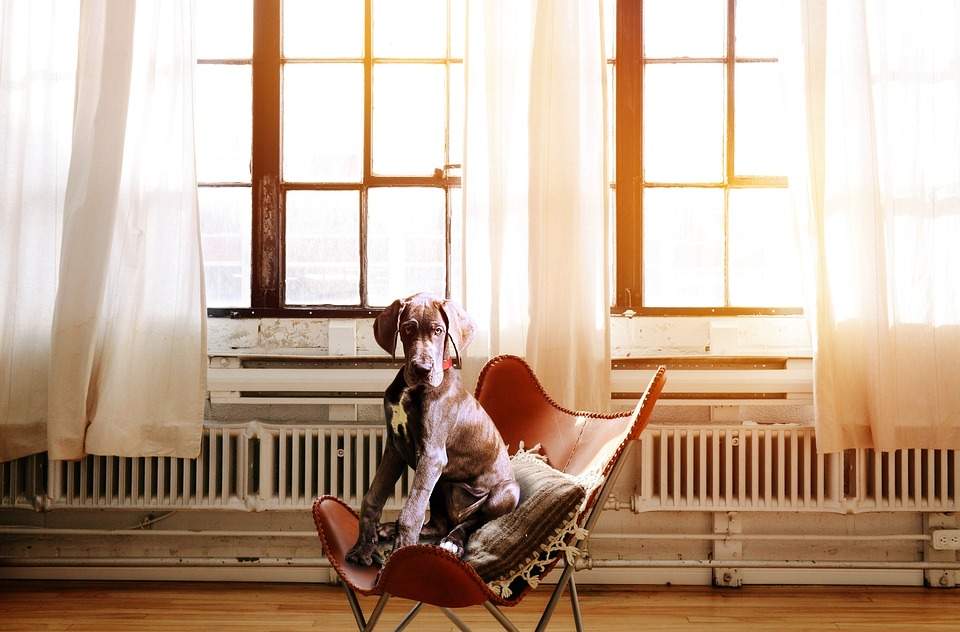Introducing a new dog to your family can be an exciting and heartwarming experience. Whether you’re a seasoned dog owner or a first-time pet parent, it’s crucial to approach this process with care and consideration. Properly introducing a new dog to your family sets the foundation for a strong bond and a harmonious coexistence. In this article, we’ll guide you through the steps to ensure a smooth transition and answer some frequently asked questions (FAQs) along the way.
Step 1: Preparing Your Home and Family
Before bringing your new furry friend home, it’s essential to make some preparations to create a safe and welcoming environment. Here’s what you need to do:
1. Secure Your Space: Dog-proof your home by removing any hazardous items or potential dangers that could harm your new dog. Secure loose wires, chemicals, and fragile objects out of reach. Consider using baby gates to restrict access to certain areas initially.
2. Create a Comfort Zone: Set up a cozy and designated area for your new dog with a comfortable bed, fresh water, and some interactive toys. This will provide them with a sense of security and a safe space to retreat to.
3. Inform All Family Members: Ensure that every family member is on board and aware of the impending arrival. Discuss responsibilities, rules, and expectations regarding the new dog’s care and training. This ensures a consistent approach and avoids confusion.
Step 2: A Gradual Introduction
The initial meeting between your new dog and existing family members, including other pets, should be handled with patience and care. Follow these guidelines for a successful introduction:
1. Neutral Territory: Arrange the first meeting in a neutral space, like a park or a friend’s yard, to avoid territorial issues. Keep all pets on a leash for safety and control.
2. Supervised Interaction: Allow the dogs to sniff each other while keeping a close eye on their body language. If any signs of aggression or tension occur, separate them immediately. Gradually increase the duration of their interactions over multiple sessions.
3. Positive Reinforcement: Reward desired behavior with treats and praise to create positive associations. This helps build trust and confidence in your new dog.
Step 3: Establishing Routines and Boundaries
Once your new dog has settled into their new home, it’s crucial to establish routines and boundaries to ensure a smooth transition. Here are some key aspects to focus on:
1. Feeding and Exercise: Create a consistent feeding schedule to regulate your dog’s digestion and avoid accidents. Regular exercise is vital for their physical and mental well-being, so establish a routine that suits their breed and energy level.
2. Basic Training: Teach your new dog basic commands such as sit, stay, and come. Positive reinforcement techniques, like clicker training, are effective and build a strong bond between you and your canine companion.
3. Socialization: Gradually expose your dog to different environments, people, and other animals. Proper socialization helps prevent fear and aggression issues, allowing your dog to become a well-adjusted member of your family.
FAQs – Frequently Asked Questions
Q1: How long does it take for a new dog to adjust to their new family?
The adjustment period varies depending on the dog’s age, breed, and past experiences. It can range from a few days to several weeks. Patience, consistency, and a calm environment are crucial during this phase.
Q2: Should I introduce my new dog to my existing pets right away?
No, it’s best to introduce your new dog to existing pets gradually and in a controlled manner. This allows them to acclimate to each other’s presence and reduces the risk of conflicts.
Q3: What if my new dog shows signs of anxiety or fear?
It’s common for dogs to experience anxiety or fear during the initial adjustment period. Provide a safe and quiet space for them to retreat to, use positive reinforcement to build their confidence, and consult a professional dog trainer or behaviorist if needed.
In Conclusion
Properly introducing a new dog to your family requires patience, preparation, and understanding. By following the steps outlined in this article, you can ensure a smooth transition for your new furry family member. Remember, every dog is unique, so it’s essential to adapt your approach to their individual needs. With love, care, and proper introductions, your new dog will soon become an integral part of your family.









